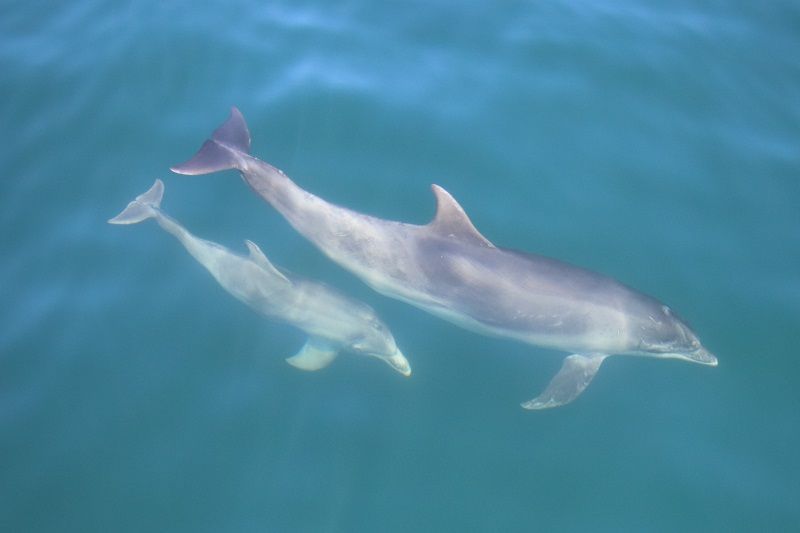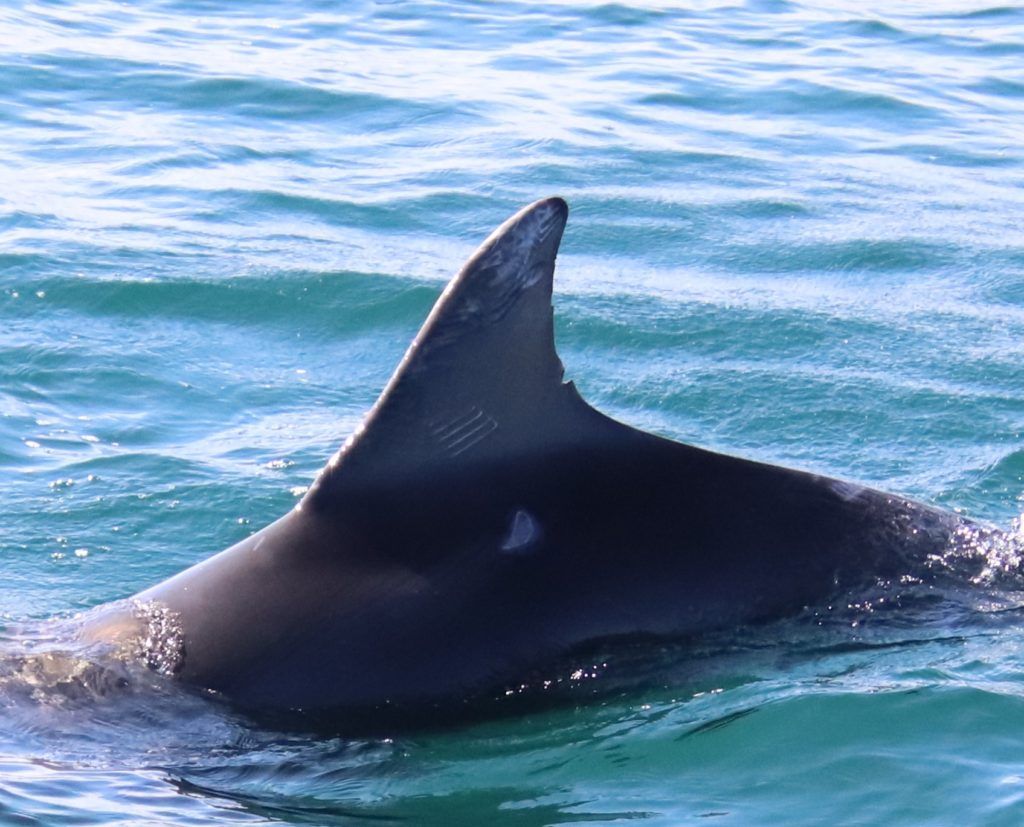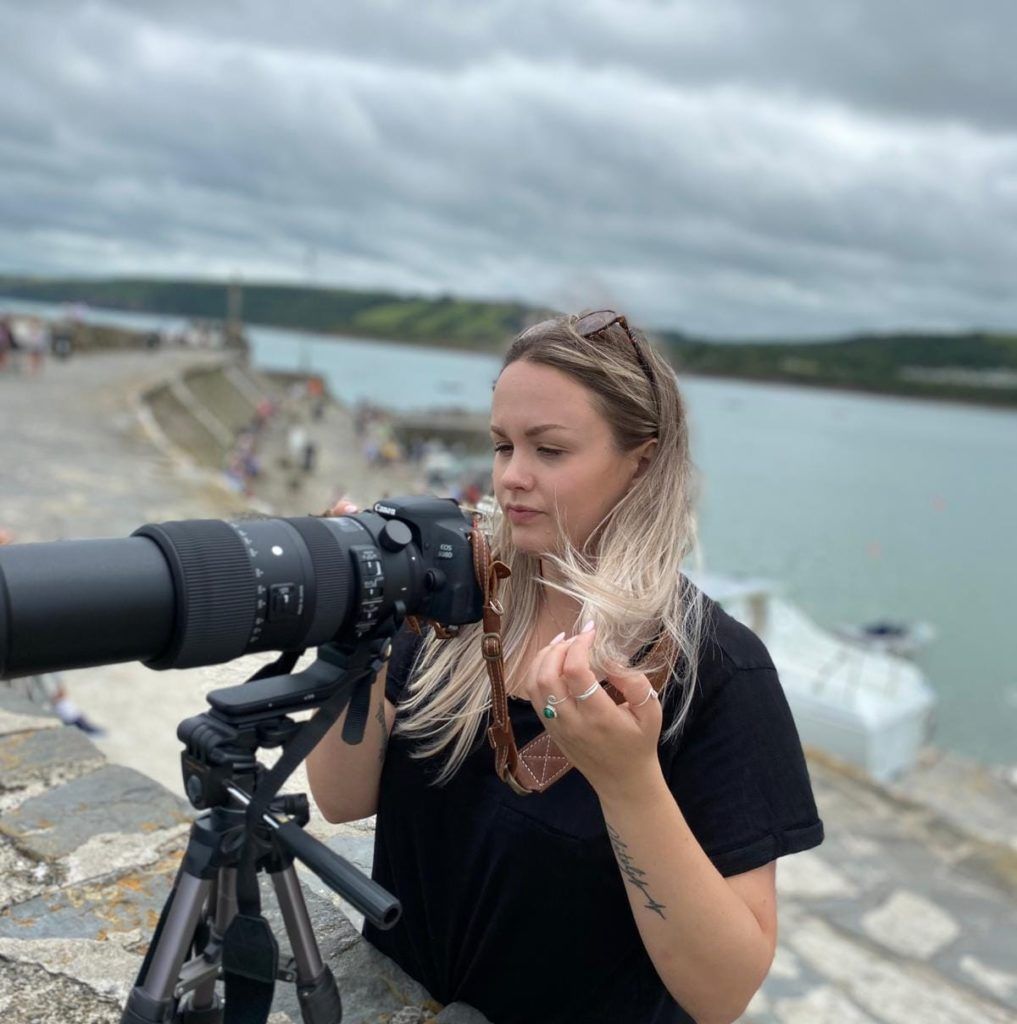Snapping dolphins off the coast of Wales

Bottlenose dolphins are one of, if not the most, recognised, and charismatic marine species, yet they’re classed as data deficient by the IUCN. That means we don’t have enough data about them to fully understand their population dynamics. However, sadly, we do know that their numbers are dropping and that a better understanding of their population dynamics is now vital in order for us to monitor and protect these incredible animals.
A haven in Wales
Cardigan Bay Special Area of Conservation (SAC), off the coast of Wales, is home to the largest population of bottlenose dolphins in the UK. It’s here that the Sea Watch Foundation has been developing a large catalogue of over 1000 photos of around 450 individual dolphins.
These photos are hugely important. The dorsal fin of a bottlenose dolphin is as unique to each animal as a fingerprint is to a human. Dolphins are social creatures – and not always in the most friendly way. Interacting with other dolphins leads to lots of scarring and knicks and notches. Luckily, we can use this information, as well as naturally occurring colouration and markings, to identify individual dolphins through photographs. This allows us to track their movements, life history and family relations in a non-invasive way.


Cataloguing and cooperation
PTES’s new intern, Claudia Afeltra, is working at the Sea Watch Foundation to update the catalogue with new images and is developing a user friendly version to share with other organisations and scientists around the UK. This new version will include more photographs of the dolphins and a map of their individual home ranges, the first and last dates each one was sighted, as well as any familial relationships with other dolphins.
Reaching out to other organisations and individuals around the UK is enabling Claudia to gather even more detail about the movements of individual animals, by matching fins with animals spotted in the waters outside Cardigan Bay. Claudia is also running a ‘photo-a-fin’ campaign to encourage members of the public to the get involved as citizen scientists, sending in photographs of dolphins that they’ve spotted.
With the help of PTES, Claudia’s project will achieve two main aims. Bottlenose dolphins are protected within the SAC, but we know they travel during winter into unprotected waters. If we can learn more about their movements, we can make recommendations for further management and protection of the dolphins. Making the photo-ID catalogue user friendly and more easily accessible will encourage cooperation between NGOs throughout the UK, and it will help citizen scientists to become involved with the conservation of bottlenose dolphins through a better understanding of their population dynamics and movement.
This project is only possible thanks to our generous donors. Can you help by donating today?
